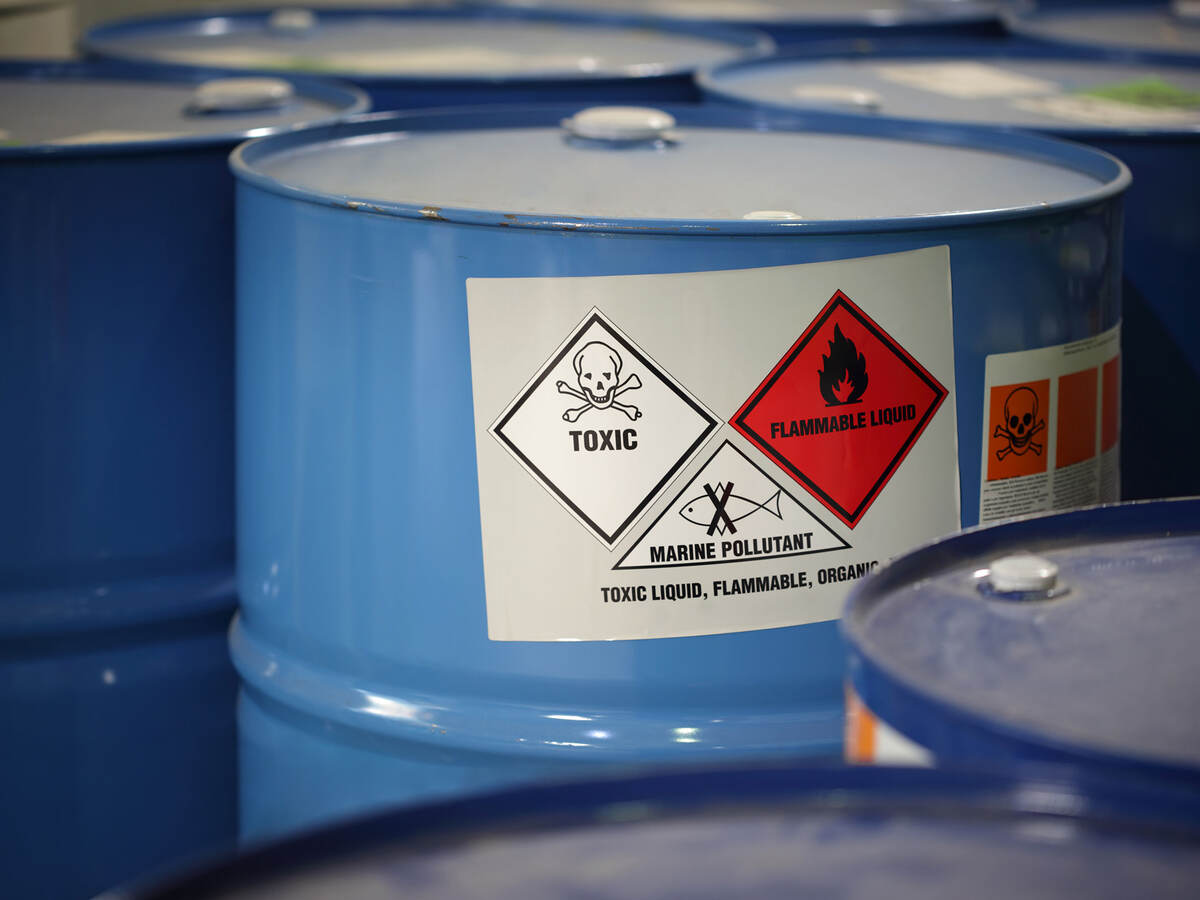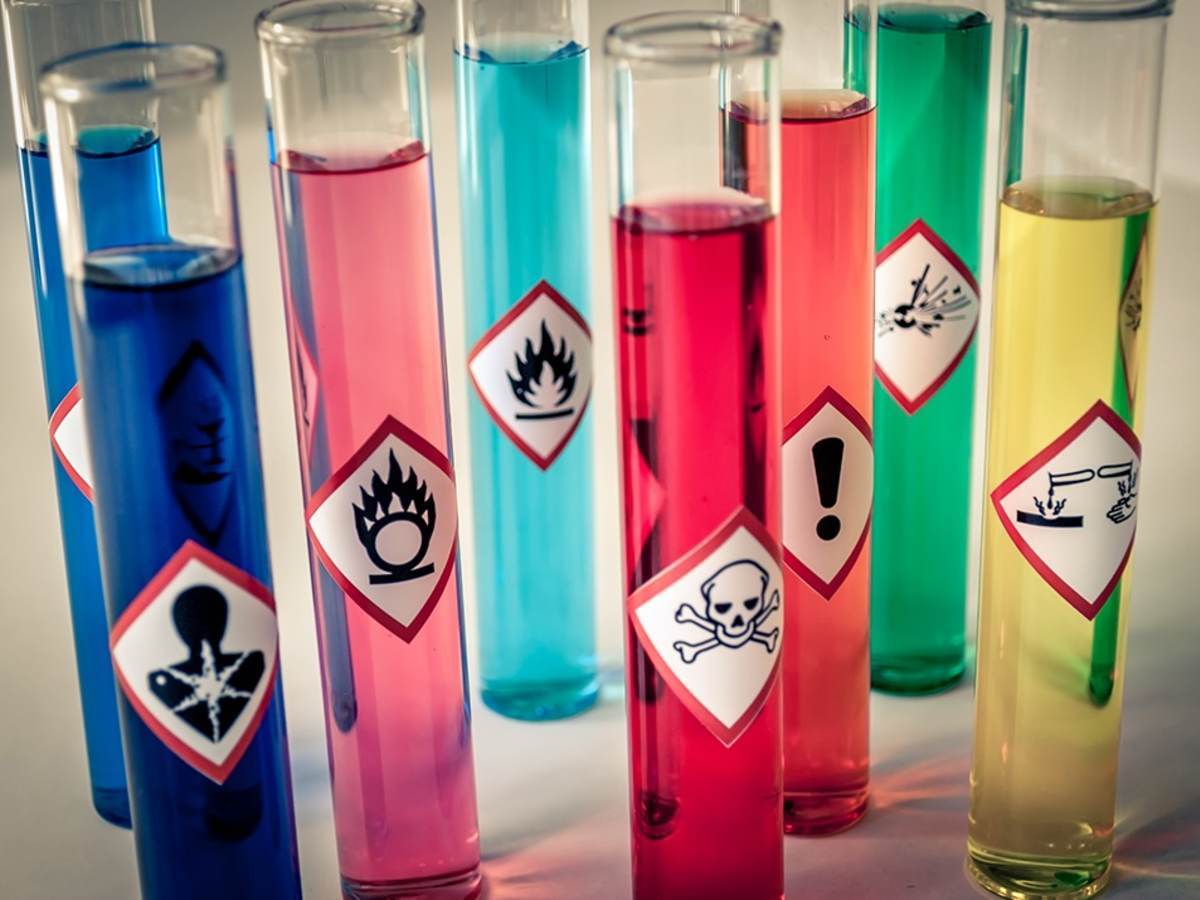September 26, 2024
By Lily Hou, PhD, CHMM, regulatory affairs lead, Supply Chain team, UL Solutions
On July 24, 2024, the Standardization Administration of China (SAC) released a National Standard GB 30000.1 (Specifications for Classification and Labeling of Chemicals - Part 1: General Rules), as the latest addition to the GB 30000 standard series. The new standard stipulates general requirements for chemical hazard classification, labeling and chemical safety data sheets, based on the eighth revised edition of the GHS.
GB 30000.1 will replace GB 13690-2009 (General Rules for Classification and Hazard Communication of Chemicals), which is based on the fourth revised edition of the GHS, on August 1, 2025. Compared to GB 13690-2009, GB 30000.1 made the following key changes to the rules on classification, labeling and SDSs.
Classifications of Hazardous Chemicals
The Standard introduces a new physical hazard class: Desensitized explosives. China published the draft version of GB 30000.30 for desensitized explosives in June 2023, containing definitions, classification criteria, decision logic, guidance, and labeling of desensitized explosives. GB 30000.30 has not been finalized yet
GB 30000.1 adopts classification criteria and general considerations for mixtures from the UN GHS with reference to China's own GHS classification standards. For classification criteria, the classification of mixtures will always be based on the test data of the complete mixture first. The bridging principles designated in GB 30000.2-GB 30000.29 shall be considered for classification of the mixture, when test data for the mixture is not available.
For some health and environmental hazard classes, cut-off values/concentration limits of the ingredients may be used for classifying an untested mixture. GB 30000.1 addresses special scenarios when mixtures contain hazardous ingredients at lower concentrations than the specified cut-off values/concentration limits but still pose an identifiable hazard, and when hazardous ingredients at higher concentrations than the specified cut-off values/concentration limits don’t show evident hazards. For both scenarios, the mixture is allowed to be classified using a value other than the generic cut-off values/concentration limits specified in the classification standards, however, adequate documentation supporting the use of any values should be retained and made available for review on request.
Labelling
The precedence rules for hazard statements are adopted by GB 30000.1 to avoid redundancy in the information conveyed by hazard statements:
- If H410 "Very toxic to aquatic life with long lasting effects" is assigned, H400 "Very toxic to aquatic life" may be omitted.
- If H411 "Toxic to aquatic life with long lasting effects" is assigned, H401 "Toxic to aquatic life" may be omitted.
- If H412 "Harmful to aquatic life with long lasting effects" is assigned, H402 "Harmful to aquatic life" may be omitted.
- If H314 "Causes severe skin burns and eye damage" is assigned, H318 "Causes serious eye damage" may be omitted.
In addition, GB 30000.1 includes the general principles for labelling of small packaging from the UN GHS and addresses tactile warning of danger. If tactile warnings are included in the label, they should comply with GB/T 35259-2018 (Packaging - Tactile Warnings of Danger - Requirements).
Safety Data Sheets
SDSs should be provided for mixtures based on the cut-off values/concentration limits of the hazardous ingredients. GB 30000.1 updated the table of cut-off values/concentration limits for each health and environmental hazard class:
|
Hazard class |
Cut-off value/concentration limit |
|
Acute toxicity |
≥ 1.0% |
|
Skin corrosion/irritation |
≥ 1.0% |
|
Serious eye damage/eye irritation |
≥ 1.0% |
|
Respiratory/Skin sensitization |
≥ 0.1% Note 1 |
|
Germ cell mutagenicity (Category 1) |
≥ 0.1% |
|
Germ cell mutagenicity (Category 2) |
≥ 1.0% |
|
Carcinogenicity |
≥ 0.1% |
|
Reproductive toxicity |
≥ 0.1% |
|
Specific target organ toxicity (single exposure) |
≥ 1.0% |
|
Specific target organ toxicity (repeated exposure) |
≥ 1.0% |
|
Aspiration hazard (Category 1) |
≥ 1.0% Note 2 |
|
Aspiration hazard (Category 2) |
≥ 1.0% Note 2 |
|
Hazardous to the aquatic environment |
≥ 1.0% |
Note 1: the cut-off value for respiratory/skin sensitization was updated from ≥ 1.0% to ≥ 0.1%.
Note 2: the cut-off for aspiration hazard is a new addition introduced by GB 30000.1.
Other Changes
The new standard deletes all Informative Appendices of GB 13690, including Appendix A (Precautionary statements examples), Appendix B (PPE pictograms), Appendix C (GHS label examples), Appendix D (Minimum information for an SDS). It replaces these appendices with a new Appendix A for GHS definitions and abbreviations.
Transition Period
GB 30000.1 was published on July 24, 2024 with an implementation date of August 1, 2025. Before the mandatory implementation of August 1, 2025, enterprises can choose to continue following the existing GB 13690 or voluntarily adopt the new standards GB 30000.1.
Recommendations
- Start to evaluate the impact of the new standard on the classification, labelling and SDSs for your products, to ensure a smooth transition for the implementation date of August 2025.
- Watch for the updates of GB 30000.2-GB 30000.29, which are currently aligned with GHS Rev. 4. The revision project will be launched by the Ministry of Industry and Information Technology (MIIT) to eliminate the version difference between China GHS and the UN GHS.
References
GB 30000.1 (Specification for Classification and Labelling of Chemicals - Part 1: General Rules)
Regulatory Roundup Newsletter
Never miss an update
UL Solutions, the global safety science leader, can keep you updated on the latest events with a variety of materials, ranging from the latest regulatory news, webinars, white papers, events, industry insights and more.
Subscribe to our monthly Regulatory Roundup Newsletter and stay up to date on current and upcoming regulations and all the latest chemical industry news.
Safety Data Sheet (SDS) Authoring and Labeling Software and Services
Create, maintain and distribute comprehensive SDSs and labels to meet your increasingly complex global compliance requirements.
Chemical Regulatory Compliance
Manage your chemical compliance needs with the help of global regulatory expertise and leading resources.
Chemical Compliance Training
We provide a series of chemical regulatory training programs designed to help understand the diverse set of requirements and how to confront them.
Get connected with our sales team
Thanks for your interest in UL's products and services. Let's collect some information so we can connect you with the right person.





